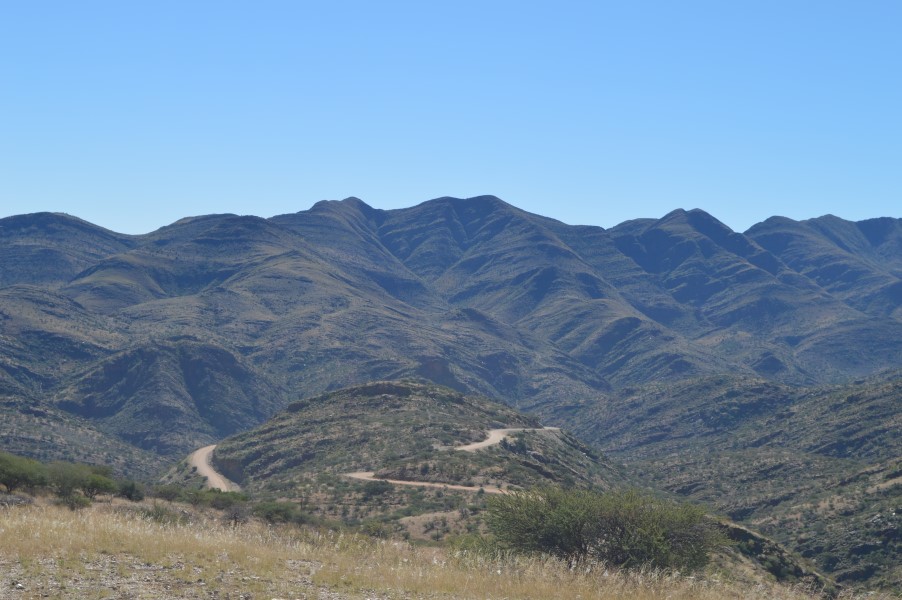I arrived early in the morning at Windhoek Hosea Kutako Airport from Cape Town, South Africa. I set out immediately to begin my drive over the Gamsberg Pass. The Gamsberg pass is one of the scenic routes to Swakopmund from Windhoek.
Gamsberg Pass to Swakopmund
Basic driving instructions: Take C26 out of Windhoek, stay on C26 until you get to C14 then take a right. Stay on C14 till you get to Walvis Bay. Enter Walvis Bay and then go north on B2 which will take you up the coast to Swakopmund. If you have a couple hours of daylight to spare, then definitely take B2.
Another option is to take D1984 to get to Swakopmund. You will pass the turn off to D1984 a few kilometers before you enter Walvis Bay. However, B2 is most definitely the more scenically enjoyable route especially when the sun is setting.
Geological Overview of the Gamsberg Pass
Gamsberg Pass is informally known as the Garden Route due to its scenic nature. The Gamsberg is a 1000 million year old flat top mountain that rises 450 meters above the surrounding landscape. It is the 3rd tallest mountain in Namibia and rises a total of 2347 meters above sea level.
The mountain was able to resist the forces of erosion that ate away the surrounding area due to a protective layer of quartzite that forms the flat surface of the Gamsberg Mountain top.


The Great Escarpment and Gamsberg Pass
The Gamsberg Pass runs through The Great Escarpment and descends about 1100 meters to the Namib Desert below. The Great Escarpment is the Eastern boundary of the Namib Desert. It separates the Coastal region from the Central Highlands of Namibia. It was formed 120 million years ago as the Gondwana Continent broke up and caused the edge of the African continent to rise.
Over millions of years the land eroded and formed great alluvial plains at the bottom of the escarpment. The contrast is striking as you leave Windhoek, and descend in elevation to sea level. Starting in the central highlands and descending through the escarpment. Next passing into the seemingly endless grasslands before crossing the Kuiseb Canyon. You then enter the Namib Desert and finally reach the Namibian Coastline.
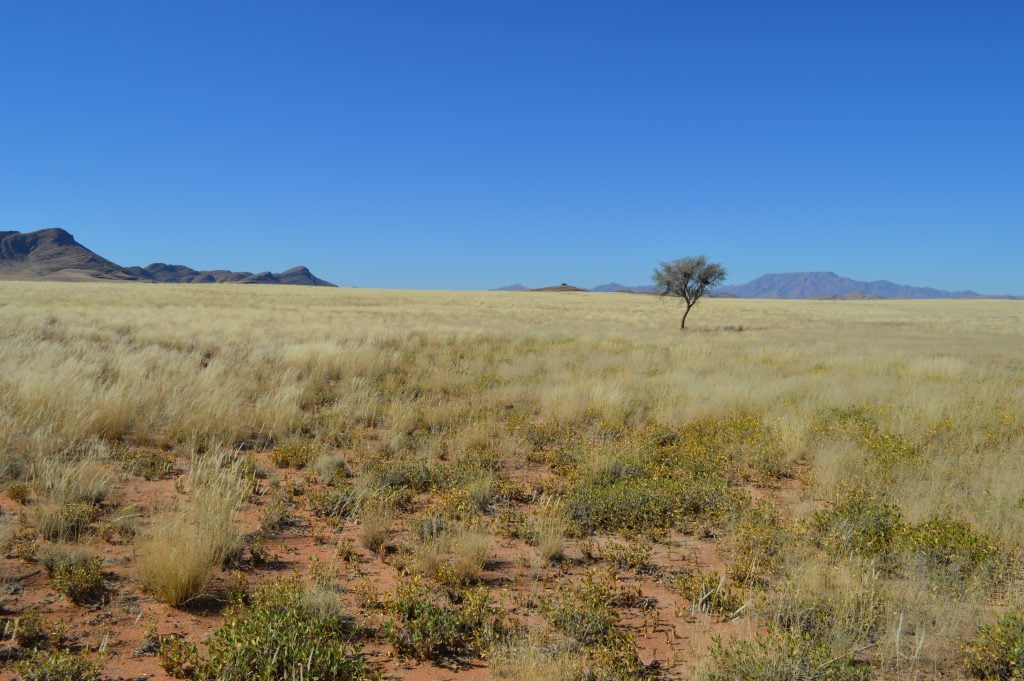
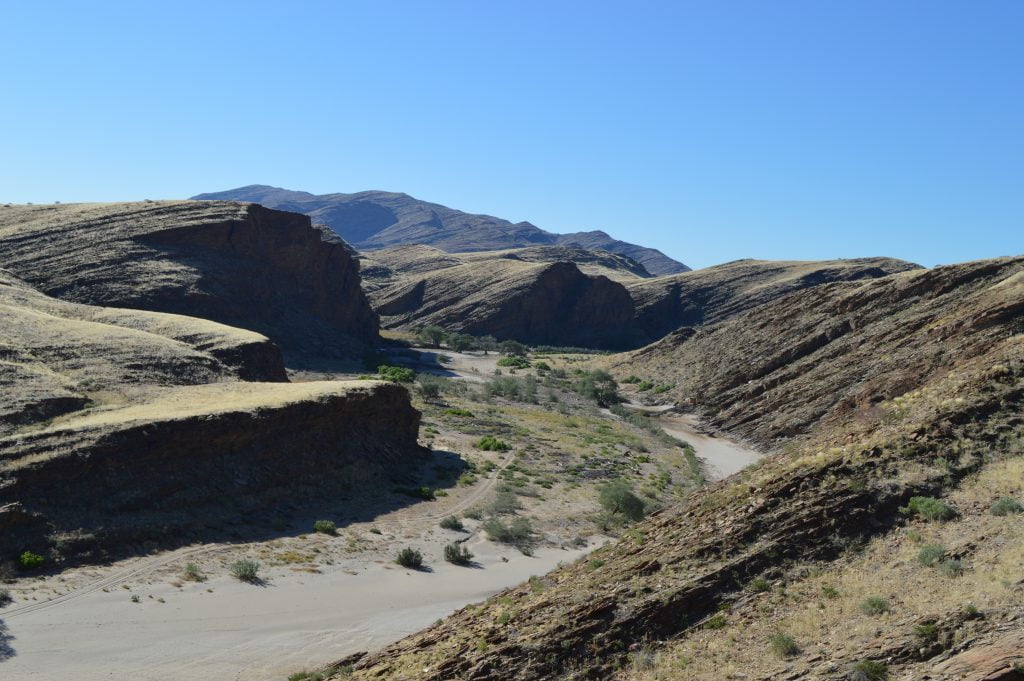
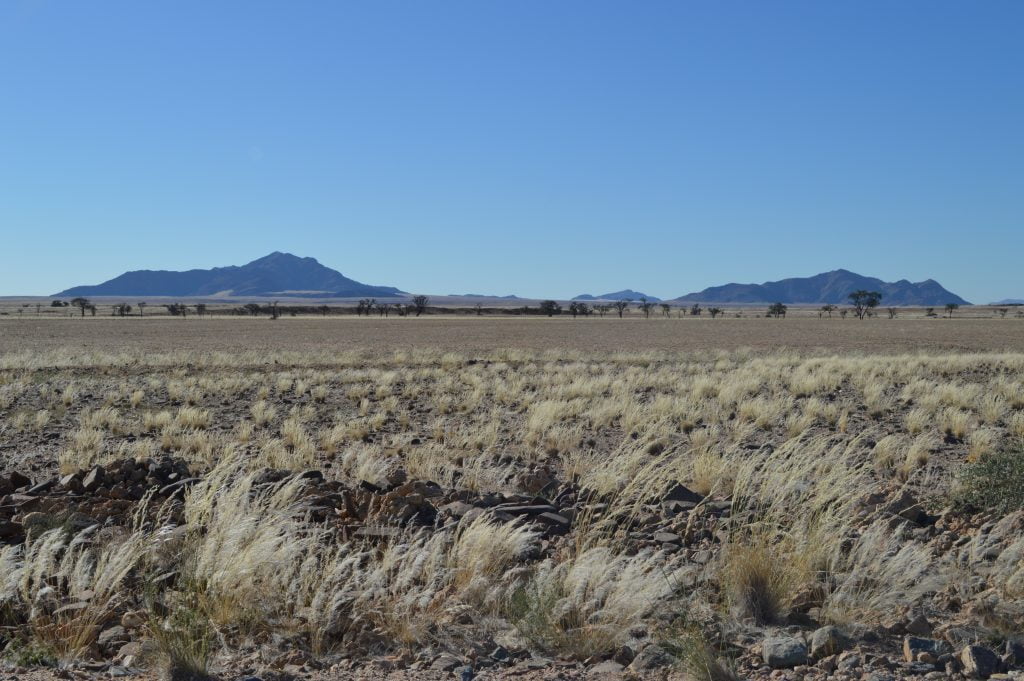

Coastal Sand Dunes Near Swakopmund
As you pass through Walvis Bay you are struck with the most visually striking wonder that you have ever seen. That being the gigantic sand dunes that lie adjacent to the coastal road as you drive up the Atlantic coast to Swakopmund.
By leaving Windhoek early in the morning you should be arriving in Walvis Bay around 5-6PM which is the perfect time to see the giant sand dunes. At that time, they are lit up by the ambient rays of the sunset as you complete the last leg of the journey to Swakopmund. Viewing the sand dunes for the first time really opened my eyes wide and I began to appreciate the unique geology of Namibia. I was looking forward to visiting the sand dunes of Sossusvlei also!

Geological Formation of Coastal Namibia’s Sand Dunes
The Coastal Dunes are pushed Northward by the strong SW winds. The occurrence of these dunes between Walvis Bay and Swakopmund is a geological phenomenon. Their occurrence is only possible because the Kuiseb River no longer flows all the way to the Atlantic Ocean.
In earlier times the river flowed all the way to the ocean during the rainy season. Any sand that attempted to cross the dry Kuiseb river bed would be washed to the sea and the northward march of the dunes would be stopped. Now in much dryer times, the waters of the Kuiseb River seep into the desert far inland. The flows of the river are no longer able to break through the sand.
As a result, the sand dunes are now able to cross the Kuiseb River and pushed north to the Swakop River. Luckily for the town of Swakopmund, the Swakop River still has strong enough flows during the rainy season that it breaks through to the ocean. Otherwise, the giant sand dunes would be moving through town and north up the coastline!
Enjoy the Gamsberg Pass
This drive is the most visually striking geological contrast you will witness anywhere in the world. It is one of the best 350 KM drives I have been on in my life. It started my travels in Namibia off with a bang. If you elect to do this drive on your first day, be sure that you catch an early flight into Windhoek. You will need at least 8 – 10 hours to complete the trip. Trust me, you will want to stop off and ogle the landscape at several points along the way. Bring a lunch and make sure you have a spare tire in back!
You will know you have accomplished something unique when you arrive at your Swakopmund accommodation and when your host greets you they ask “you found us from the South?!”.
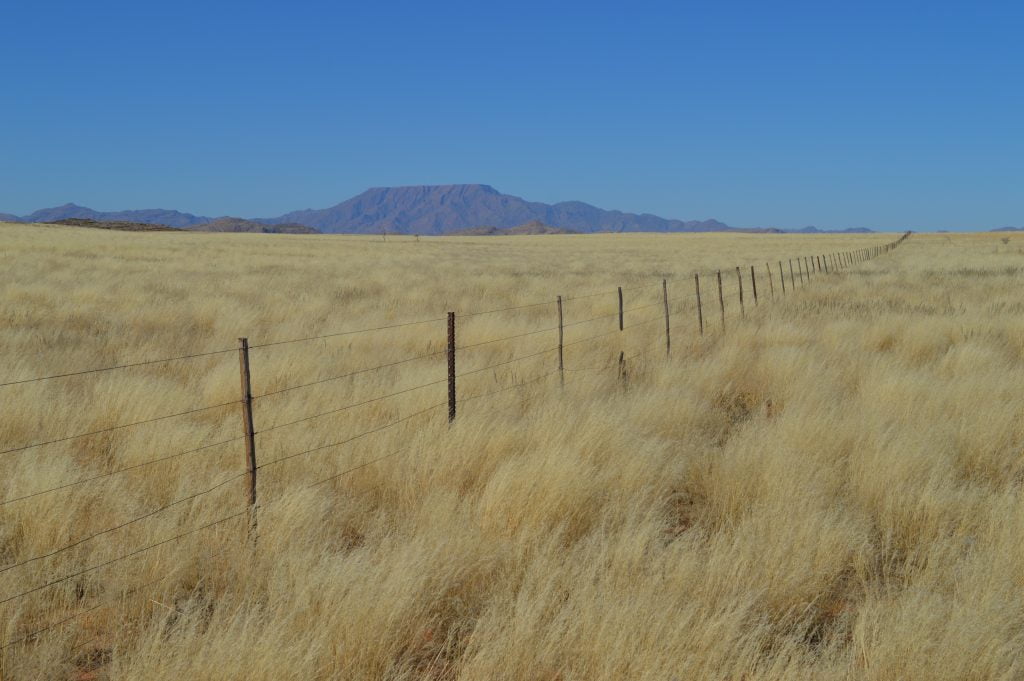
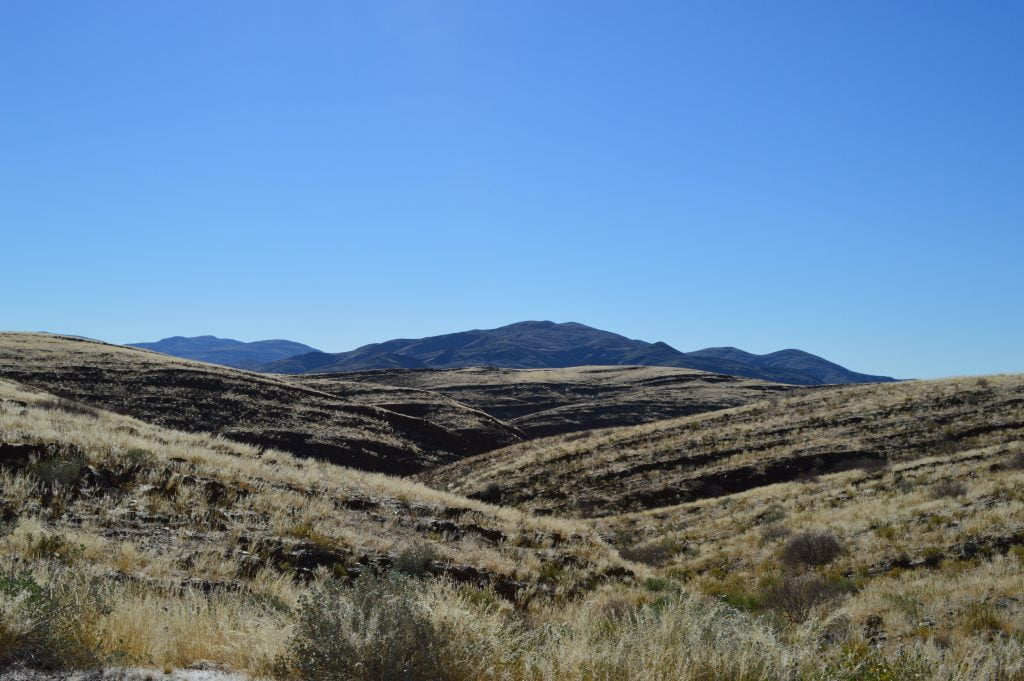
Namibia – Fascination of Geology
A Travel Handbook
Nicole Grunert

